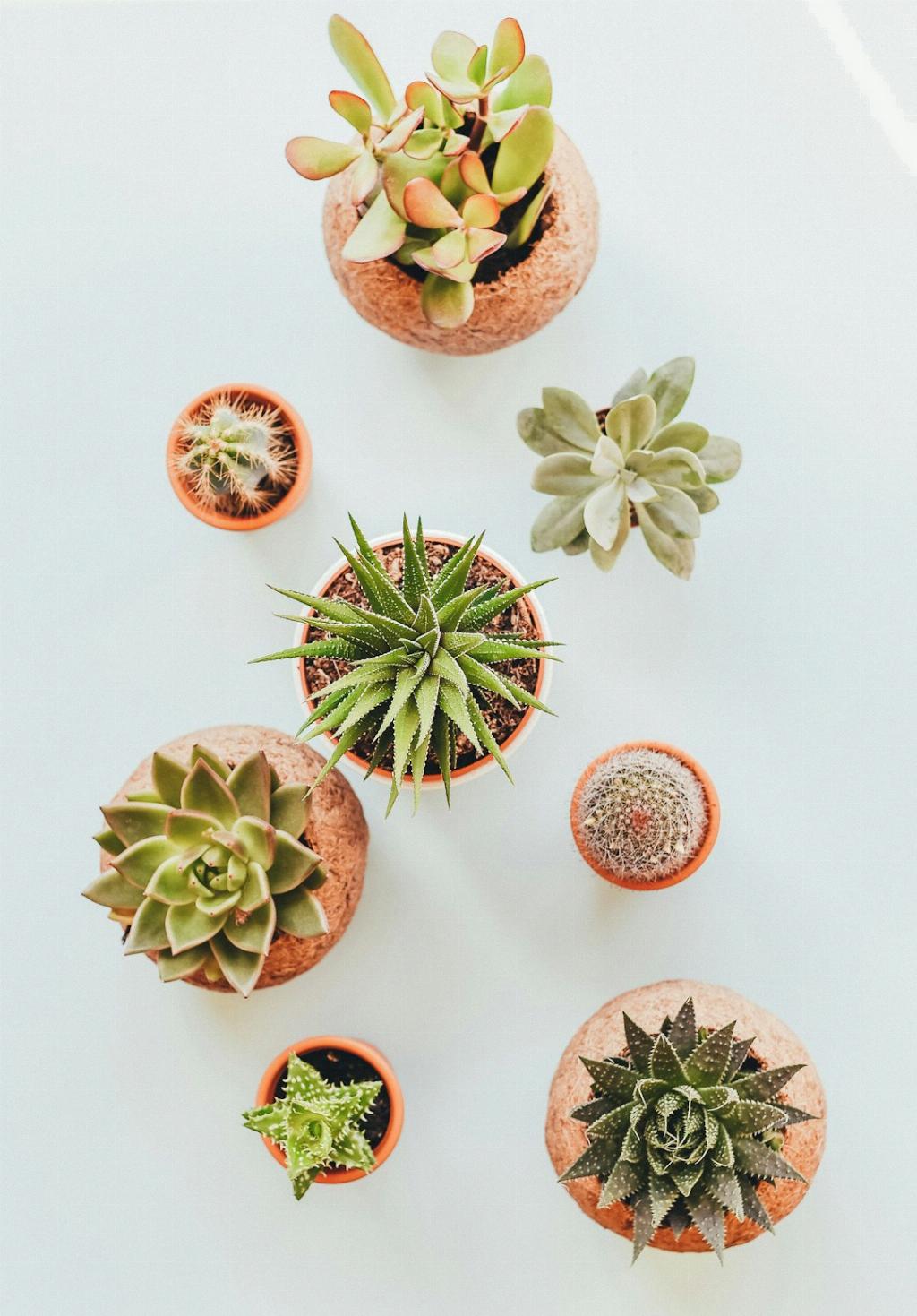One of the critical factors in successfully caring for your succulents is understanding the role temperature plays in their well-being. These hardy plants have adapted to survive in various climates, but they do have their limits when it comes to temperature extremes.
The Impact of Cold Temperatures on Succulents
When it comes to succulents, the general rule of thumb is that temperatures below 40 degrees Fahrenheit are considered too cold for most varieties to thrive. Succulents, with their plump and fleshy leaves designed to store water, are particularly vulnerable to freezing temperatures.
The Risks of Freezing Temperatures
If succulents are exposed to temperatures below freezing, the water stored in their leaves can freeze and cause irreversible damage. This can lead to the leaves becoming soft, mushy, and eventually rotting, ultimately resulting in the demise of the plant.
Exceptions to the Rule
While most succulents are not equipped to withstand freezing temperatures, there are some frost-hardy varieties that can tolerate much lower temperatures. In fact, certain cold-hardy succulents can survive temperatures as low as -20 degrees Fahrenheit, making them suitable for colder climates.
Protecting Your Succulents from Cold
To ensure the health and longevity of your succulents, it is crucial to protect them from extreme cold. If you live in an area where temperatures frequently drop below 40 degrees Fahrenheit, consider bringing your succulents indoors or providing them with shelter during the colder months.
Signs of Cold Damage
If your succulents have been exposed to freezing temperatures, be on the lookout for signs of cold damage. Symptoms may include wilting, discoloration, or softening of the leaves. If you notice any of these signs, it is essential to take immediate action to prevent further damage.
Recovering From Cold Stress
If your succulents have suffered from exposure to cold temperatures, there are steps you can take to help them recover. Move the affected plants to a warmer location, provide them with proper sunlight and water, and remove any damaged or rotting parts to promote new growth.
Creating a Warm Environment
To create a more favorable environment for your succulents during the winter months, consider using a greenhouse, grow lights, or heating mats to maintain a stable temperature and protect your plants from the cold. This will help ensure that your succulents thrive year-round.
Choosing Cold-Hardy Succulents
If you live in a colder climate and want to cultivate succulents outdoors, opt for cold-hardy varieties such as Hens and Chicks (Sempervivum) or Stonecrop (Sedum). These resilient plants can withstand freezing temperatures and harsh conditions, making them ideal choices for cold climates.
Monitoring Temperature Levels
By keeping a close eye on the temperature levels in your succulent garden, you can prevent cold damage and ensure the health of your plants. Use a thermometer to monitor the temperature and be prepared to take action if temperatures drop below the recommended threshold.
Conclusion
While succulents are known for their ability to adapt to a wide range of growing conditions, it is important to be mindful of the temperature requirements of these plants. By understanding the impact of cold temperatures on succulents and taking proactive measures to protect them, you can enjoy healthy and thriving succulent garden year-round.

